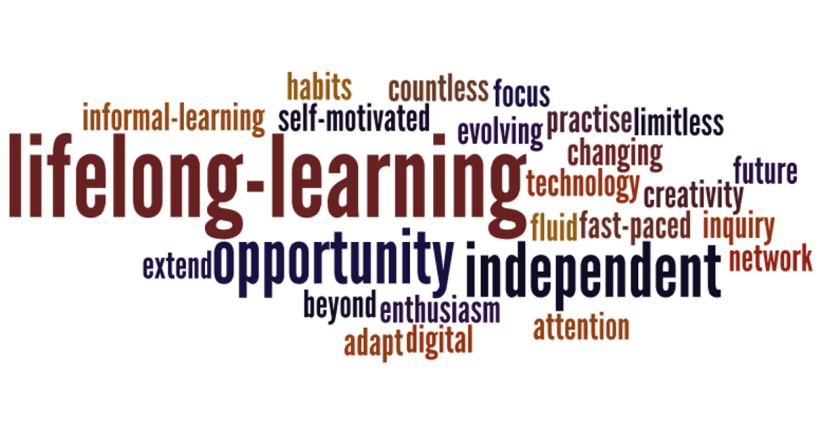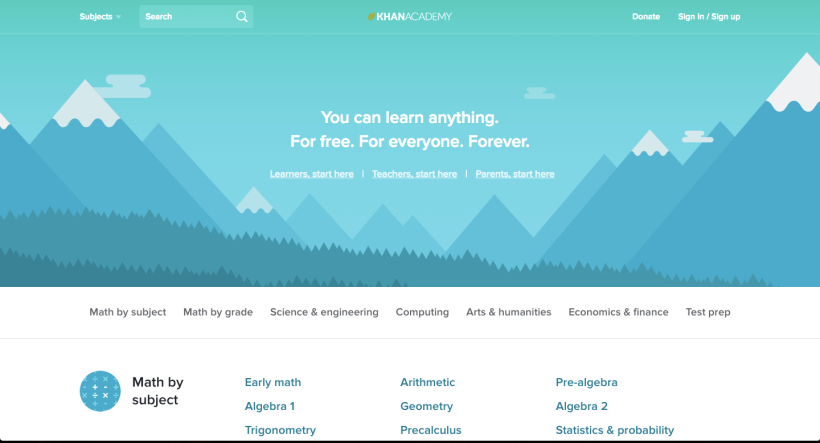
“Lifelong learning may be broadly defined as learning that is pursued throughout life: learning that is flexible, diverse and available at different times and in different places” (Lifelong Learning Council Queensland Inc, 2016). Some believe that education ends once you graduate university and secure a degree, when actually learning if a lifelong process (Shelley, Gunter, & Gunter, 2010). “Knowledge can be acquired and skill-sets developed anywhere – learning is unavoidable and happens all the time” (Skillsyouneed.com, n.d.).

As an adult when I am unsure about something my first instinct is to “look it up” on the internet, for example, if I’m not entirely sure why my car is making such strange noises I can use a search engine (such as google) to research as to why it is happening. With digital technologies like the internet so readily available to us, as teachers we need to set up the opportunity for our students to be able to take full advantage of it.
With the internet at our fingertips we allow, not only ourselves but also our students, the chance to learn in a way that is flexible, diverse and available at anytime in any place. The gives students the ability to be independent and enthusiastic learners as they have the ability to take learning into their own hands and learn in their own personal ways.
“Lifelong learners are motivated to learn and develop because they want to” (Skillyouneed.com, n.d.). What better way to foster lifelong learning in students than to use a method they are already familiar and comfortable with. Students in this generation have been using technology as early as age six (Raising children network, 2016), this means that these students have been exposed to using technology for majority of their schooling lives. Harnessing this fact, we can use digital technologies and the internet to allow students to learn in a more flexible and diverse way rather than a standard teacher-student classroom. It also gives students the ability to access learning materials whenever they want and wherever they are through websites such as khan academy and ted talks.

Lifelong learning is important because it can “enhance out understanding of the world around us, provide us with more and better opportunities and improve our quality of life” (Skillsyouneed.com, n.d.). By using digital technologies and the internet we are able to provide students with a new way of learning where they are independent and can take learning into their own hands. It also provides them with the ability to learn, no matter how old they are.
REFERENCES
Khanacademy.org. (2017). Khan academy homepage. Retrieved from https://www.khanacademy.org/
Lifelong Learning Council Queensland Inc. (2016). What is lifelong learning. Retrieved from http://www.llcq.org.au/01_cms/details.asp?ID=12
Raising Children Network. (2016). Healthy screen time and quality media choices: 6-11 years. Retrieved from http://raisingchildren.net.au/articles/screen_time_6-11_years.html
Shelley, G., Gunter, G., & Gunter, R. (2010). Teachers discovering computers. Boston, MA: Course Technology, Cengage Learning.
Skillsyouneed.com. (n.d.). Lifelong learning. Retrieved from https://www.skillsyouneed.com/learn/lifelong-learning.html
Thiran, R. (2016). Keep educating yourself. Retrieved from https://www.linkedin.com/pulse/lifelong-learning-key-development-growth-continuing-success-thiran
21centteaching. (2014). Lifelong learning word cloud. Retrieved from https://21centteaching.wordpress.com/2014/04/25/llidw-week-8-lifelong-learning/
A student name would be helpful…
LikeLike
Sorry, just found it in the address.
LikeLike